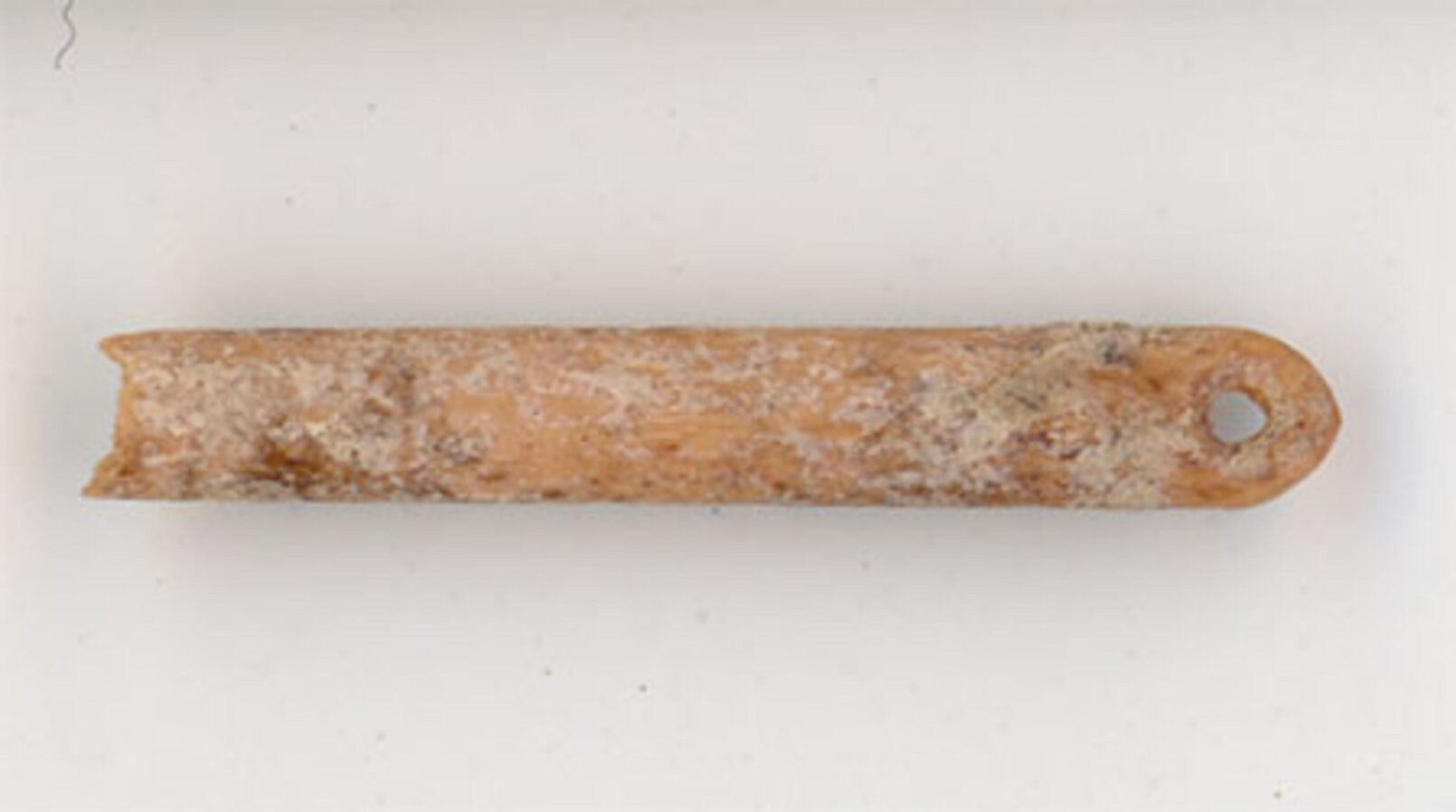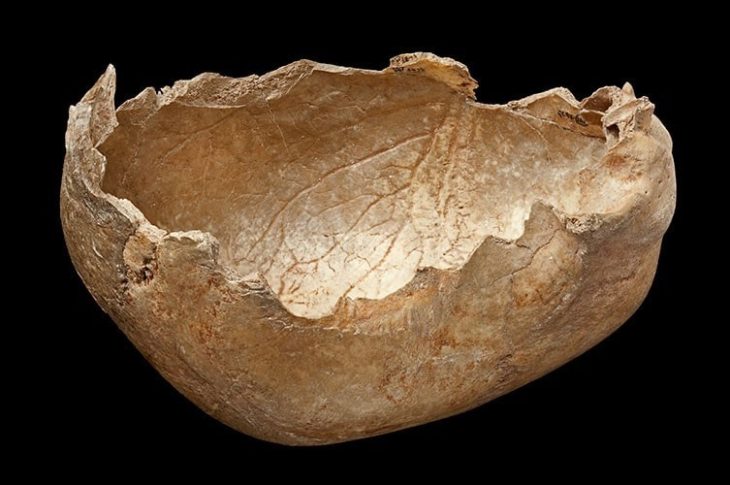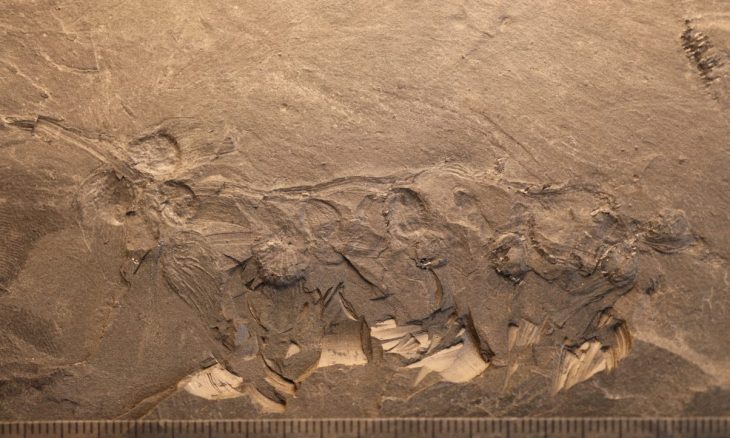Archaeologists from the University of Wyoming have found bone 13,000-year-old eyed needles crafted from the bones of various furry animals. The discovery sheds light on the lives of these early inhabitants of North America.
The important find comes from an important archaeological site in Wyoming, where, about 13,000 years ago, the early humans hunted a Columbian mammoth or ate its carcass.
The study, led by archaeologist Spencer Pelton, reveals that these primitive inhabitants made needles from the bones of animals such as foxes, hares, rabbits, bobcats, mountain lions, lynx, and the now-extinct American cheetah to create garments necessary for survival in a cool climate.
Paleolithic humans used the entire animal for much more than just food, which is not surprising given the harsh environment that required warm clothing. However, the 32 bone needles that were recently found provide an intricacy of craftsmanship and detail into the lives of our human ancestors.
Additionally, they identify an intriguing relationship between innovation and clothing that allowed early humans to migrate to and even survive in colder climates.
“Our study is the first to identify the species and likely elements from which Paleoindians produced eyed bone needles,” the researchers wrote. “Our results are strong evidence for tailored garment production using bone needles and fur-bearing animal pelts. These garments partially enabled modern human dispersal to northern latitudes and eventually enabled colonization of the Americas.”
The LaPrele site in Converse County preserves the remains of a killed or scavenged sub-adult mammoth and an associated camp occupied during the time the animal was butchered almost 13,000 years ago. Also discovered in the archaeological excavation — led by UW Department of Anthropology Professor Todd Surovell — was a bead made from a hare bone, the oldest known bead in the Americas.

To determine the origins of both the bone bead and the bone needles, the researchers used advanced techniques, such as zooarchaeology by mass spectrometry (ZooMS), to analyze the collagen deposits in the bones and identify the animal bones from which they were carved. The amino acids of animals in these artifacts were compared with those of animals between 13,500 and 12,000 years ago.
In presenting evidence for tailored garment production, researchers are highlighting a crucial innovation, as clothing that binds closely to the skin traps heat more effectively than draped clothing, along with stitched seams.
“Despite the importance of bone needles to explaining global modern human dispersal, archaeologists have never identified the materials used to produce them, thus limiting understanding of this important cultural innovation,” the researchers wrote.
Previous research has shown that, in order to cope with cold temperatures in northern latitudes, humans likely created tailored garments with closely stitched seams, providing a barrier against the elements. While there’s little direct evidence of such garments, there is indirect evidence in the form of bone needles and the bones of fur-bearers whose pelts were used in the garments.
“Once equipped with such garments, modern humans had the capacity to expand their range to places from which they were previously excluded due to the threat of hypothermia or death from exposure,” Pelton and his colleagues wrote.
“Our results are a good reminder that foragers use animal products for a wide range of purposes other than subsistence and that the mere presence of animal bones in an archaeological site need not be indicative of diet,” the researchers concluded.
Early Paleoindian use of canids, felids, and hares for bone needle production at the La Prele site, Wyoming, USA, PLOS ONE (2024). DOI: 10.1371/journal.pone.0313610
Cover Image Credit: An eyed needle made from the bone of a red fox found at the LaPrele archaeological site in Wyoming’s Converse County. Photo: Todd Surovell
















